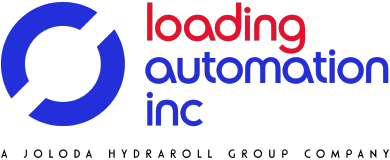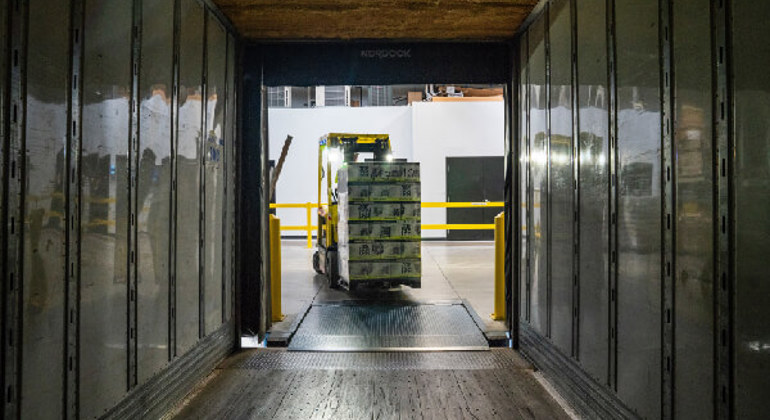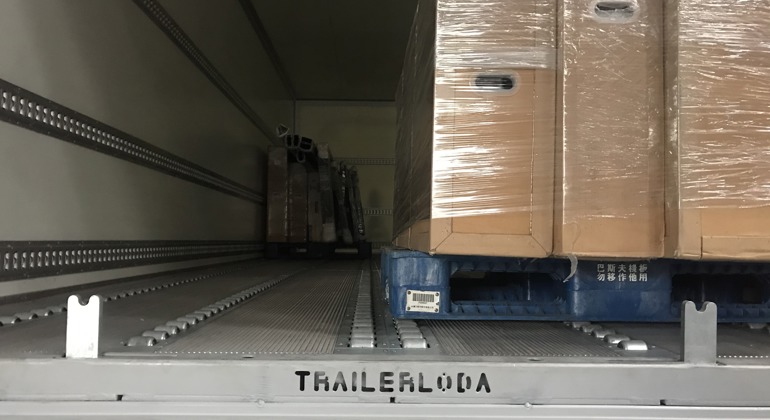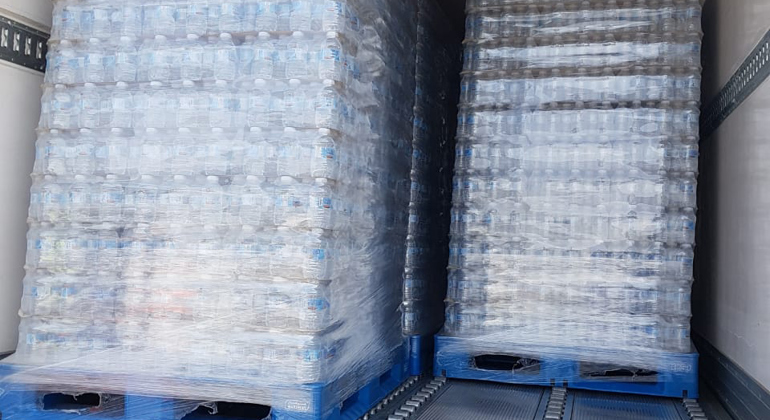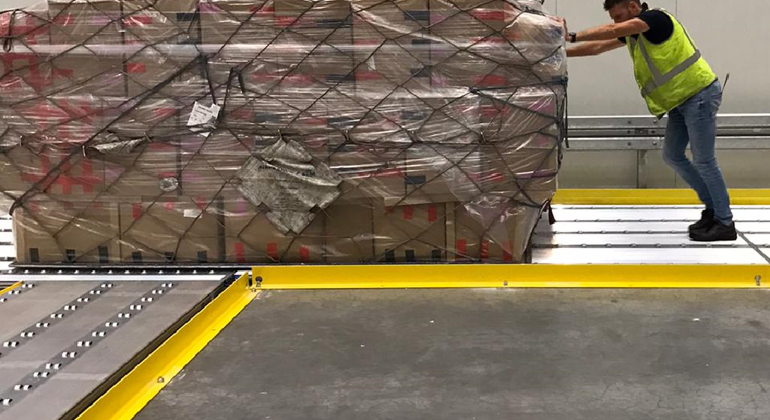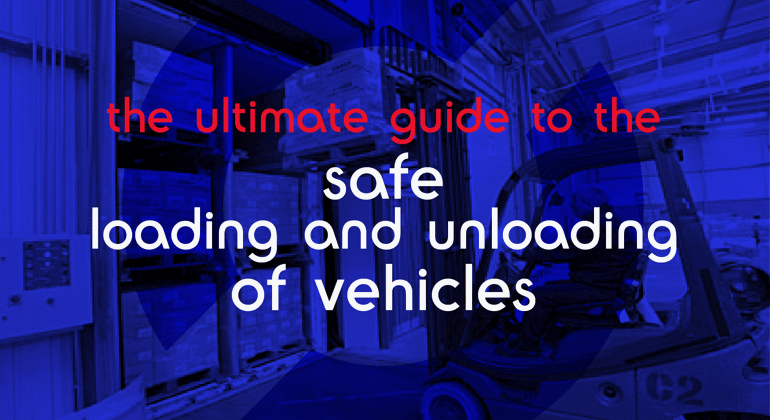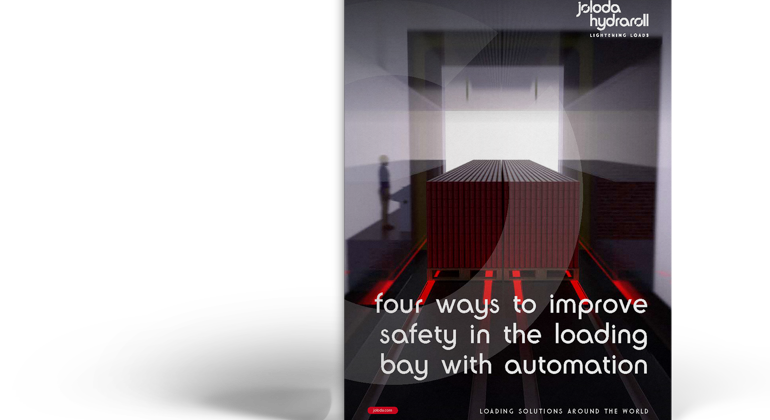Loading and unloading trailers and containers is an important stage in the supply chain, requiring skill and the right equipment if it is to be completed quickly and correctly, writes Wouter Satijn, Chief Revenue Officer of Joloda Hydraroll. Many companies continue to rely on forklift trucks and manual processes for loading and unloading goods, but this can lead to high instances of product damage and result in delays and financial losses that add up to more than you might think.
Industry estimates suggest that, on average, 2% of unit loads arriving at a distribution centre have some level of case damage. In some instances, this figure can rise as high as 11%. As logistics operations become more complex and time-pressured, businesses must take proactive measures to ensure goods are handled with care, transported safely, and arrive at their destination in perfect condition.
Book a FREE Loading Assessment
Learn how to make the loading process safer and more efficient with a no-obligation assessment...
BOOK NOW